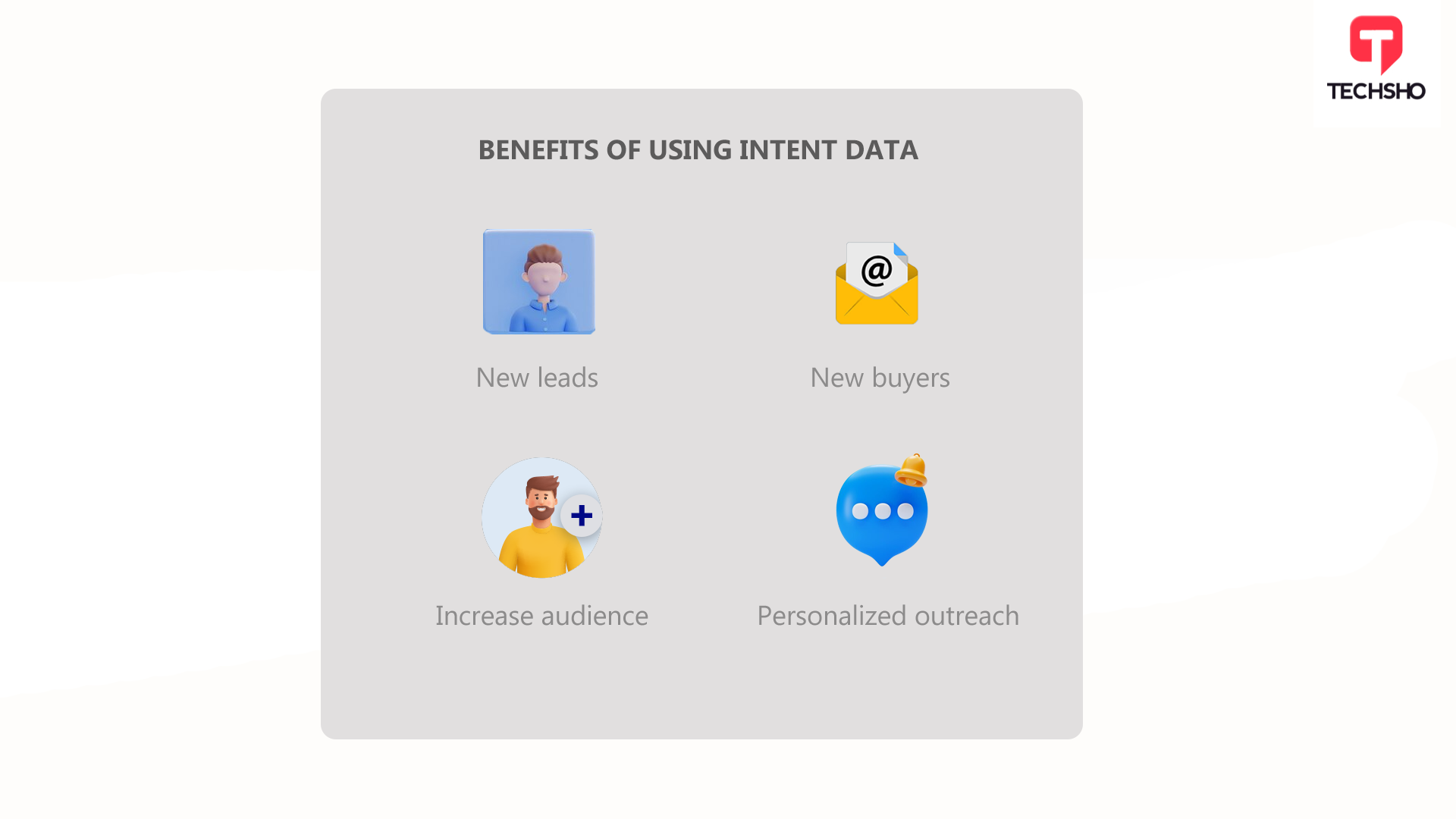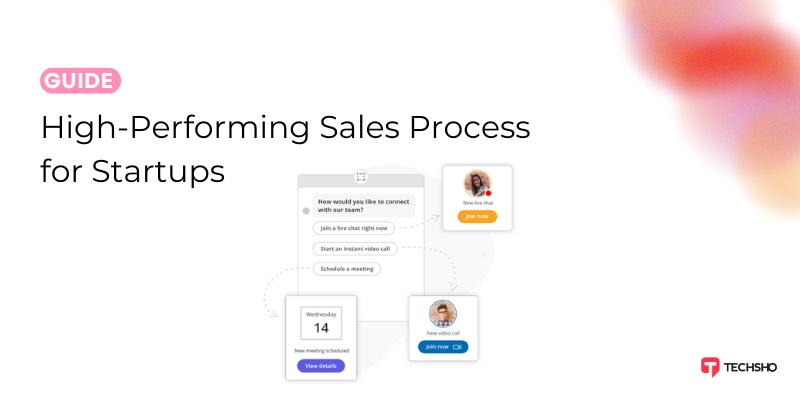
Building a Customer-Centric Culture: From Support to Success
Let’s face it: Just having a great product or service doesn’t set you apart from competition in 2024. You need to foster a customer-centric culture that permeates every aspect of your organization. Starting from sales, going to support and, finally, success – prioritizing the customer journey can be the key to sustainable growth and differentiation.
But how do you shift gears from a traditional business model focused solely on transactions to one that places the customer at the heart of everything you do? We have asked top Customer Success leaders what they do to keep churn controlled while building a customer-oriented culture, as follows:
- Embrace a Customer-First Mindset
It all starts with a mindset shift. Instead of viewing customers as mere transactions, start seeing them as individuals with unique needs, preferences, and challenges. Ask yourself: How can we anticipate and exceed their expectations at every touchpoint?
Take Amazon, for example. They didn’t just revolutionize online shopping; they redefined customer service with innovations like one-click ordering, personalized recommendations, and hassle-free returns. By prioritizing the customer experience, they’ve set the gold standard for businesses worldwide.
- Empower Your Employees
Your frontline employees are the face of your company. Empower them to take ownership of customer issues and go above and beyond to solve problems. Encourage a culture where every team member understands their role in delivering exceptional service.
Consider the legendary service at The Ritz-Carlton. Employees are empowered to spend up to $2,000 per guest, per day, without managerial approval to ensure guest satisfaction. This level of empowerment not only delights customers but also fosters a sense of pride and ownership among employees.
- Leverage Data to Drive Insights
Data is king in today’s digital age. Use customer data to gain insights into their preferences, behaviors, and pain points. Analyze this data to tailor your products, services, and communications to better meet their needs.
Look at Netflix, for instance. Their algorithms analyze millions of data points to recommend personalized content to each user, keeping them engaged and loyal to the platform. By leveraging data intelligently, Netflix has built a customer-centric ecosystem that keeps subscribers coming back for more.
- Cultivate a Feedback Loop
Your customers are your best source of feedback. Encourage open communication and actively seek out their opinions. Whether it’s through surveys, reviews, or social media, listen to what your customers have to say and use that feedback to continuously improve.
Take Airbnb, for example. They built their entire business model around user feedback. By listening to both hosts and guests, they’ve been able to iterate and evolve their platform to better serve their community’s needs, resulting in unparalleled customer satisfaction and loyalty.
- Lead by Example
Building a customer-centric culture starts at the top. Leaders must embody the values and behaviors they wish to instill in their organizations. Demonstrate a relentless commitment to customer satisfaction, and your employees will follow suit.
Look at companies like Zappos, where CEO Tony Hsieh famously spent hours on the phone with customers, personally addressing their concerns. His hands-on approach not only reinforced the company’s customer-centric ethos but also inspired employees to prioritize customer satisfaction in everything they do.
In conclusion, building a customer-centric culture isn’t just a buzzword; it’s a strategic imperative. By embracing a customer-first mindset, empowering your employees, leveraging data, cultivating feedback, and leading by example, you can transform your organization from one focused on support to one dedicated to success.
Are you ready to make the shift?
Book a call with us to discuss your current customer success challenges and how we can tackle them.




